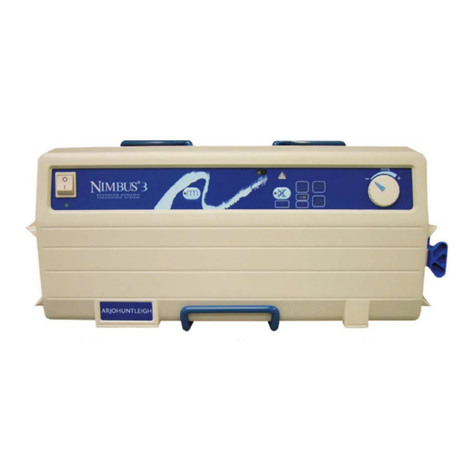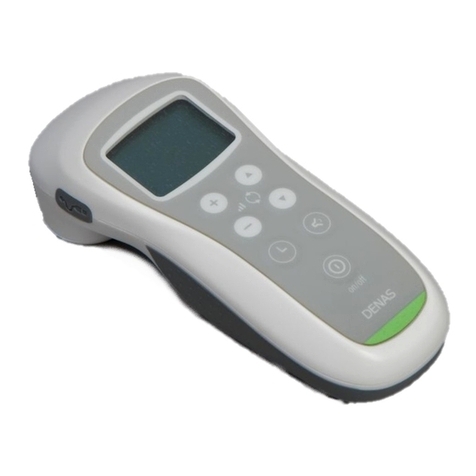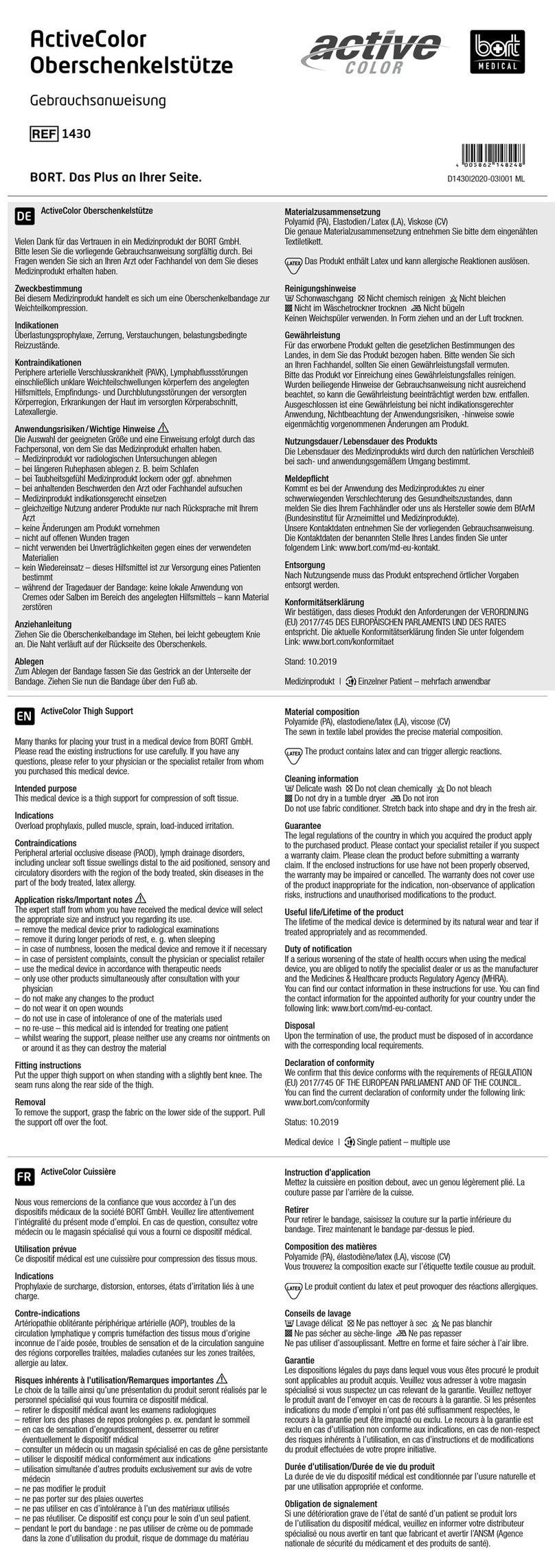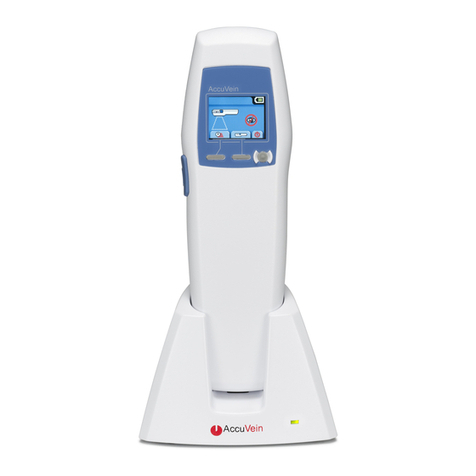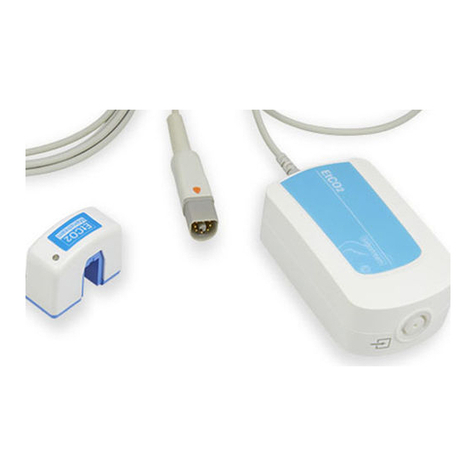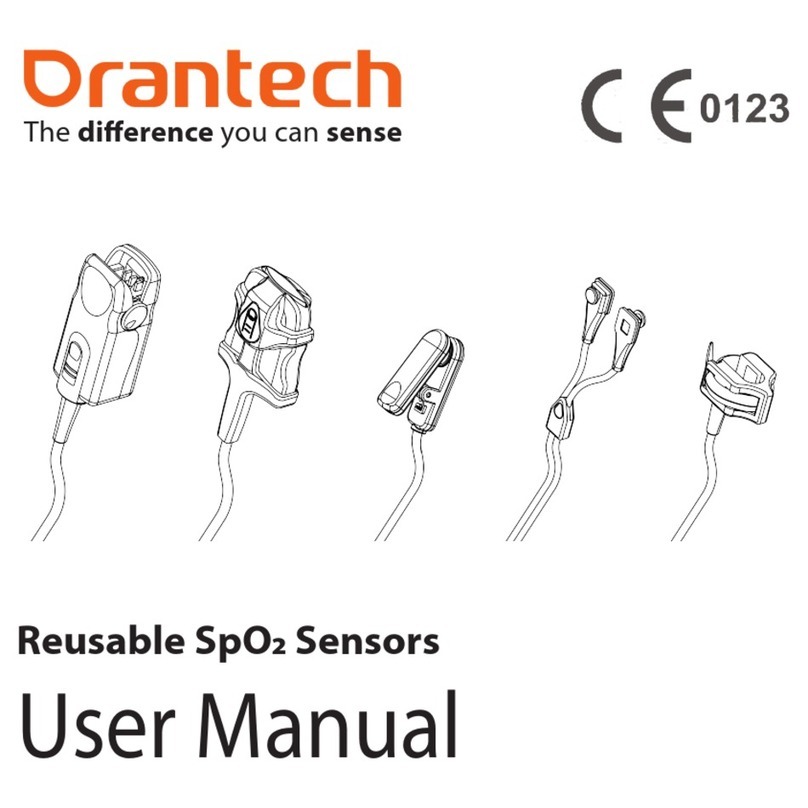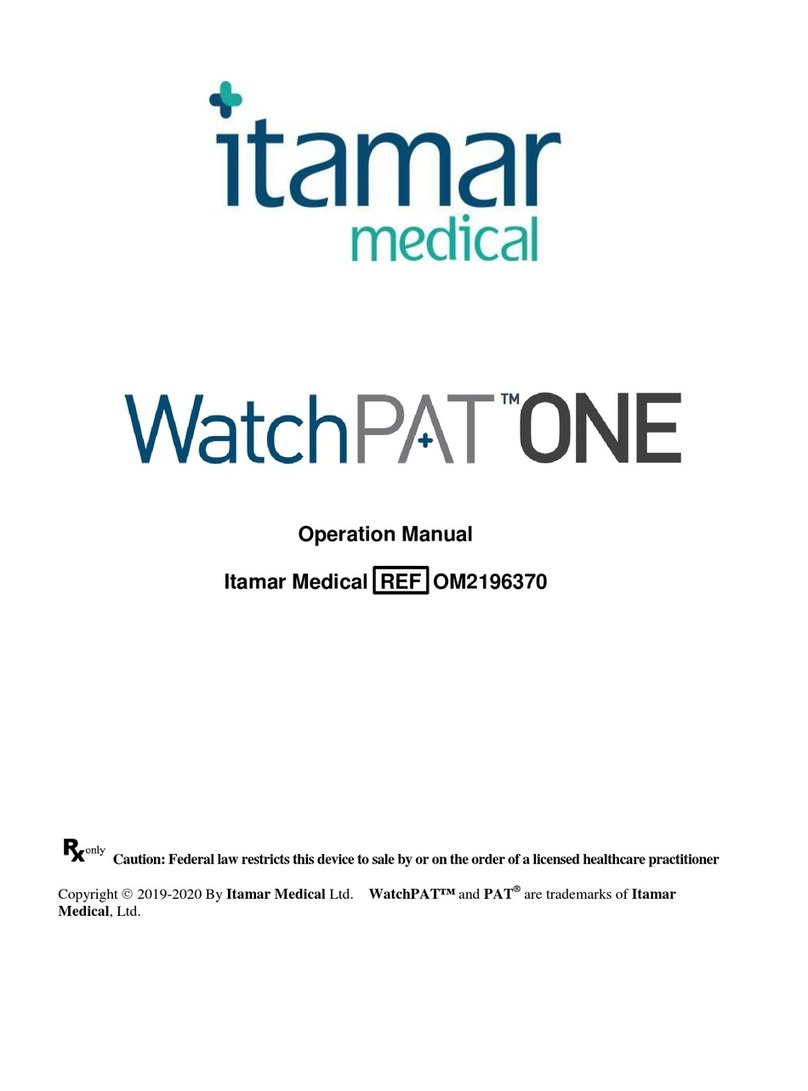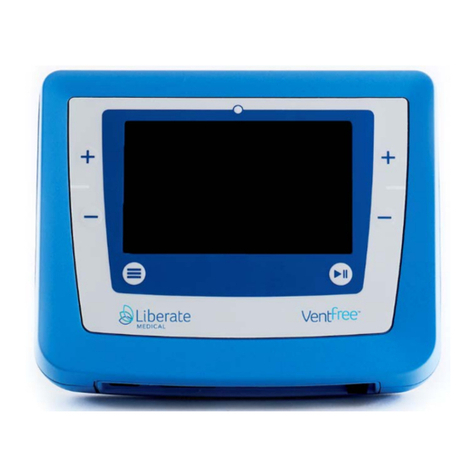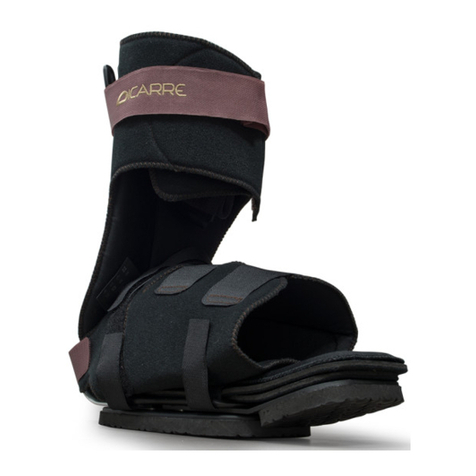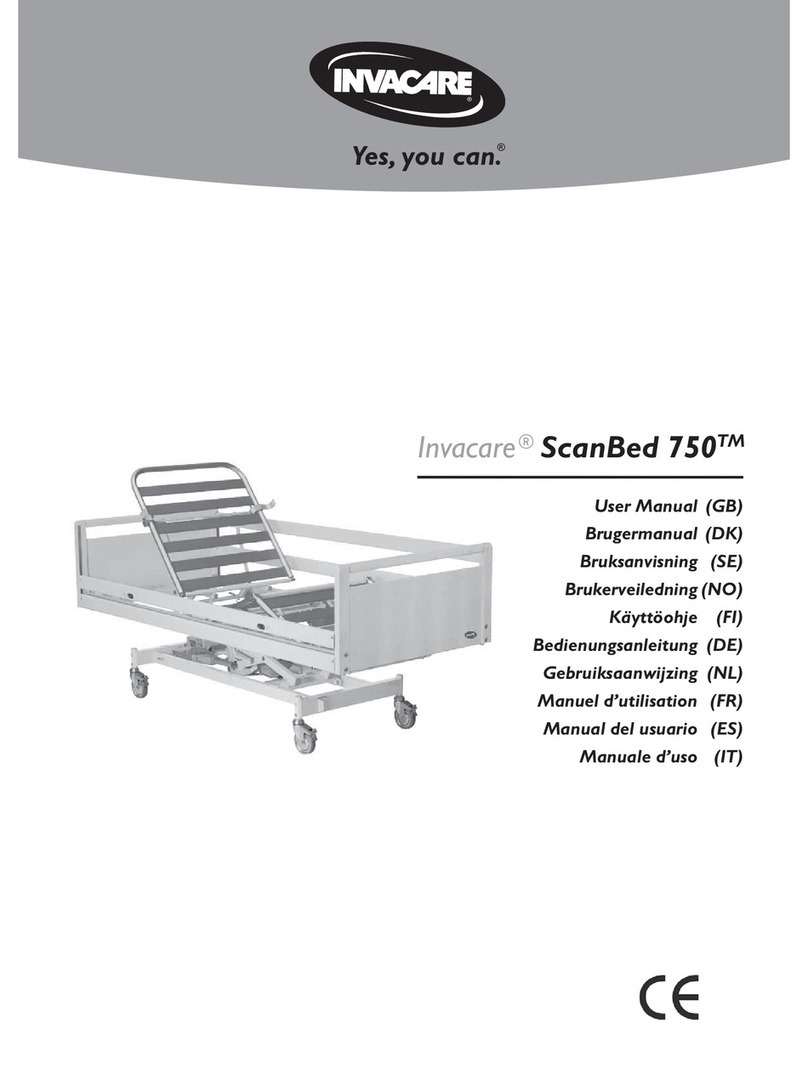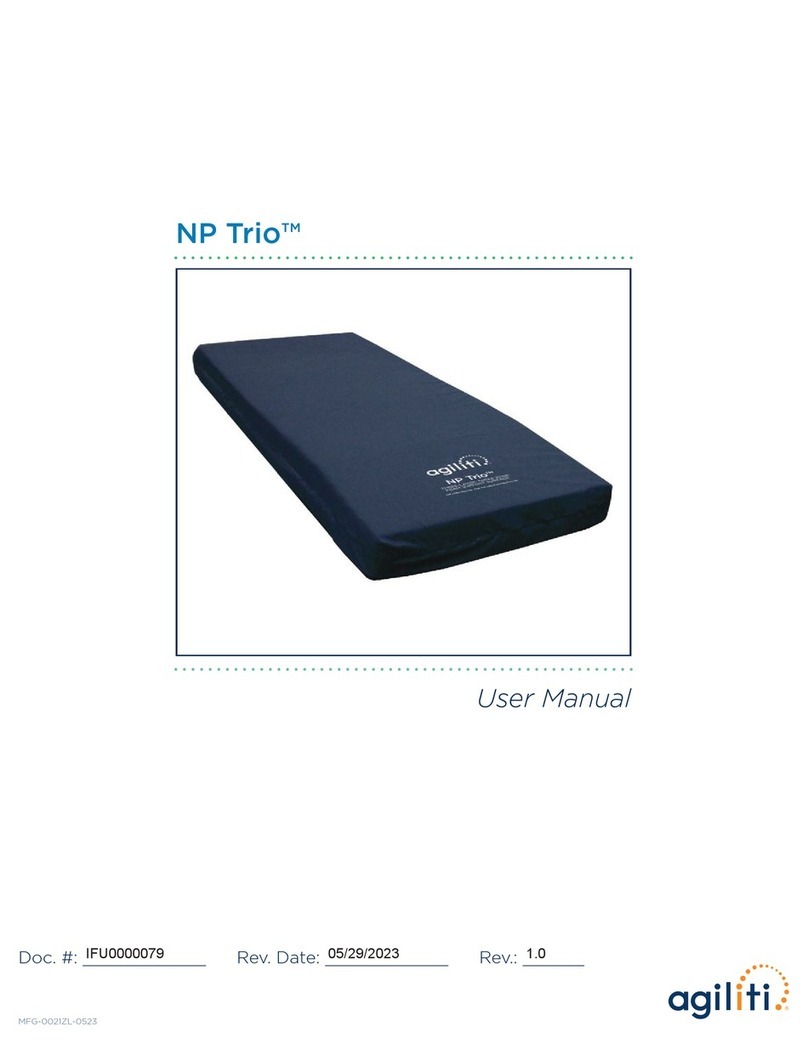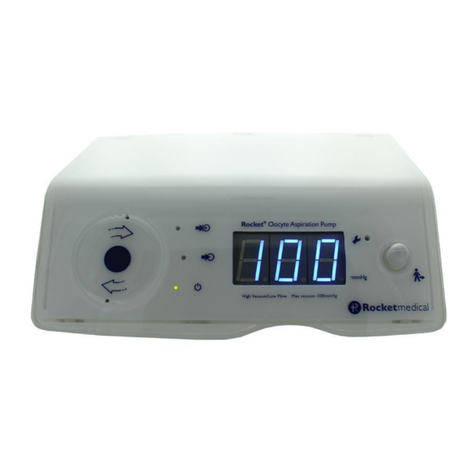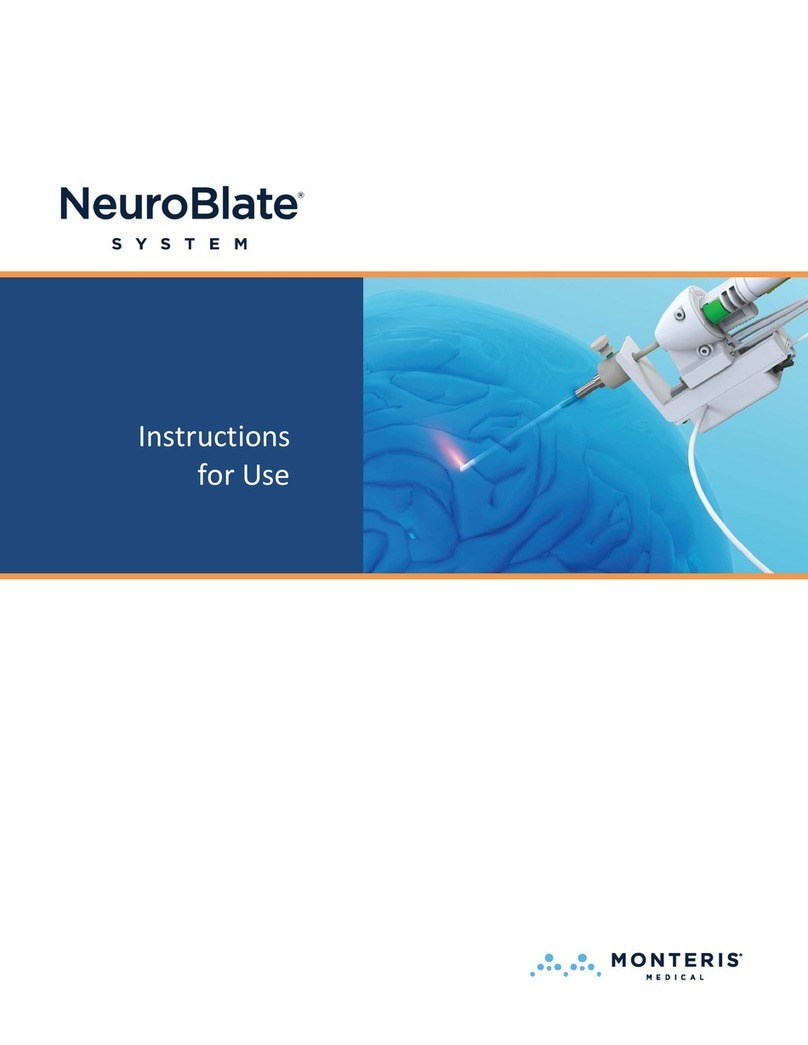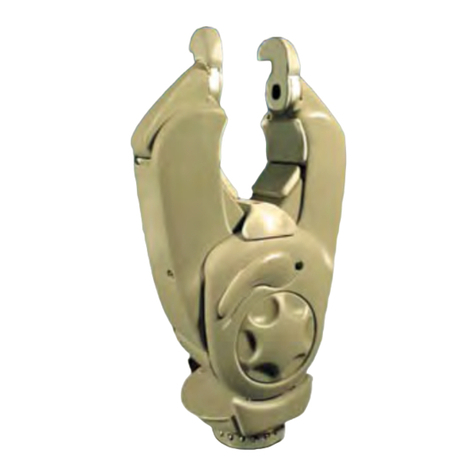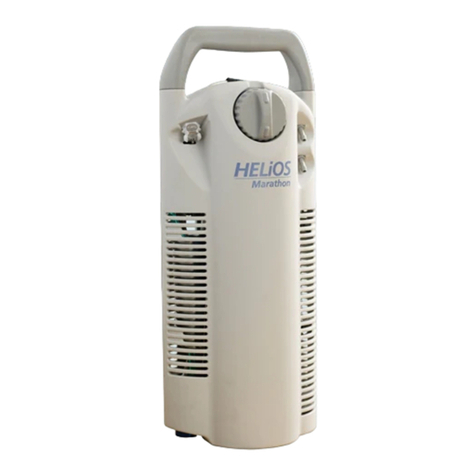
cause an inability to determine accurate pulse rate and SpO2
readings.
•
Significant levels of dysfunctional hemoglobins, such as
carboxyhemoglobin or methemoglobin, will affect the accuracy of
the SpO2 measurement.
•
Optical cross-talk can occur when two or more sensors are placed
in close proximity. It can be eliminated by covering each site with
an opaque material.
•
Tissue damage may result from overexposure to sensor light
during photodynamic therapy with agents such as verteporphin,
porfimer sodium, and metatetrahydroxyphenylchlorin (mTHPC).
•
Change the sensor site at least every hour and observe for signs of
tissue damage. More frequent sensor site changes/inspections
may be indicated depending upon the photodynamic agent used,
agent dose, skin condition, total exposure time or other factors.
•
Use multiple sensor sites.
Under certain clinical conditions, pulse oximeters may display dashes if
unable to display SpO2 and/or pulse rate values. Under these conditions,
pulse oximeters may also display erroneous values. These conditions
include, but are not limited to: patient motion, low perfusion, cardiac
arrhythmias, high or low pulse rates or a combination of the above
conditions. Failure of the clinician to recognize the effects of these
conditions on pulse oximeter readings may result in patient injury.
